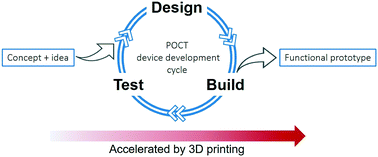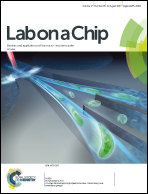Point-of-care testing: applications of 3D printing
Abstract
Point-of-care testing (POCT) devices fulfil a critical need in the modern healthcare ecosystem, enabling the decentralized delivery of imperative clinical strategies in both developed and developing worlds. To achieve diagnostic utility and clinical impact, POCT technologies are immensely dependent on effective translation from academic laboratories out to real-world deployment. However, the current research and development pipeline is highly bottlenecked owing to multiple restraints in material, cost, and complexity of conventionally available fabrication techniques. Recently, 3D printing technology has emerged as a revolutionary, industry-compatible method enabling cost-effective, facile, and rapid manufacturing of objects. This has allowed iterative design–build–test cycles of various things, from microfluidic chips to smartphone interfaces, that are geared towards point-of-care applications. In this review, we focus on highlighting recent works that exploit 3D printing in developing POCT devices, underscoring its utility in all analytical steps. Moreover, we also discuss key advantages of adopting 3D printing in the device development pipeline and identify promising opportunities in 3D printing technology that can benefit global health applications.

- This article is part of the themed collection: Lab on a Chip Recent Review Articles


 Please wait while we load your content...
Please wait while we load your content...